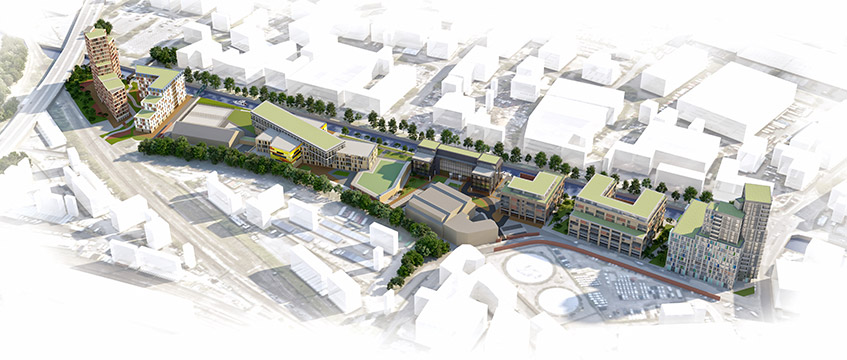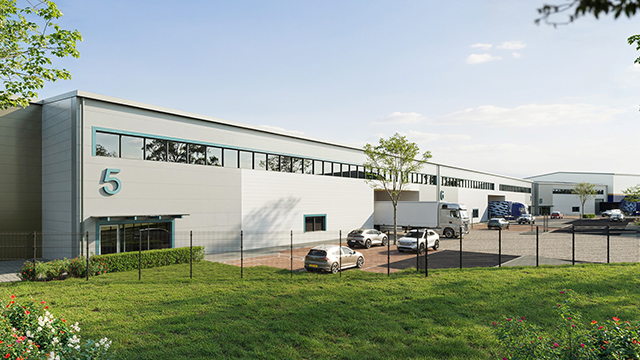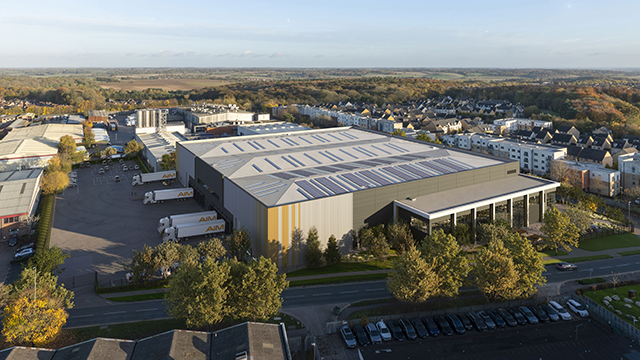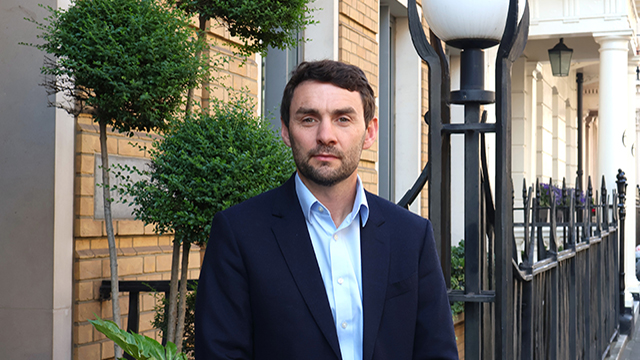Billions of pounds worth of investment is close to being unlocked in Bristol as mixed-use developer Square Bay and Bristol University have snapped up two regeneration sites at Temple Quarter.
The sites will help bring forward the redevelopment of 200 acres of industrial land immediately to the east of Temple Meads station, where regeneration proposals have long been discussed as developers hunt for land in the supply-starved city.
Square Bay has bought 10.6 acres of land between Silverthorne Lane and Feeder Road in the Temple Meads enterprise zone.
It is currently working up plans but the land could accommodate a mixed-use scheme of up to 600 homes, 1,000 student beds and commercial and educational elements with a gross development value of more than £300m.
Next to this site, the university has bought another 5 acres of land to add to its Temple Meads campus, where it is already developing close to 900,000 sq ft of mixed-use space.
The deal will double the size of its existing £300m plans and pave the way for a huge new university campus.
Square Bay managing director Markham Hanson said: “The land around Silverthorne Lane is a key piece of the jigsaw in the wider regeneration of Bristol’s Temple Quarter gateway.
“We are also conscious of the enormous potential that the regeneration of this site has to attract further investment into Bristol.”
Savills and Alder King assembled the land and advised the four vendors on the Square Bay deal.
Square Bay specialises in bringing forward sites without planning and may look for forward funding for elements of the scheme. It sold the nearby ND7 plot to L&G, on which it is now building 168 flats.
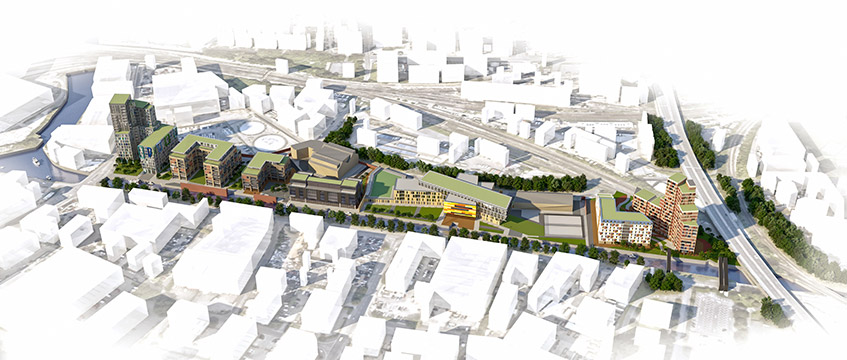
Problems
The separate deals – in an area described as “Bristol’s King’s Cross” for its regeneration potential and proximity to the train station – provide a stepping stone for the redevelopment of St Philip’s Marsh, the 200 acres of land to the east of Temple Meads.
Despite the city’s chronic shortage of office and residential space, it has struggled to bring forward development plans on the land, even with enterprise zone status and council plans.
The council has long planned an arena on an island site adjacent to St Philip’s Marsh to kick-start development, but this has been repeatedly delayed.
A decision is expected imminently on whether it will be built there or at Filton Airbase.
Temple Meads station has also been an issue, acting as a natural barrier to development.
It does not currently have an eastern exit, so despite being next to the station, the Temple Meads Campus is a 20-minute walk away.
While the creation of a new “stop-gap” exit is fairly straightforward, plans for a more permanent solution for the redevelopment and repositioning of the station have not yet been found.
Development to the north of the station has brought the area more into focus, particularly with HM Revenue & Customs taking 110,000 sq ft at Salmon Harvester’s 3 Glass Wharf, and the area was given a major boost when the university announced the first stage of the Temple Meads Campus.
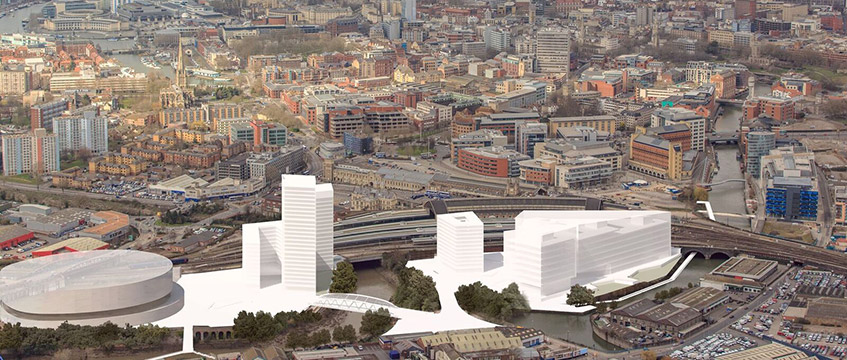
Its £300m campus masterplan was resubmitted in February, with plans for close to 900,000 sq ft of teaching and research space, plus 1,200 student beds.
The university’s chief financial officer, Robert Kerse, said the campus was important for the university and the city.
“The commitment by Square Bay and Bristol University will underwrite the delivery of a new and vibrant city quarter which will, no doubt, serve as the seed crystal for wider regeneration and development across St Philip’s Marsh,” said Ben Taylor, director in Savills’ Bristol development team.
St Philip’s Marsh masterplan
Architect BDP has recently created an outline masterplan for St Philip’s Marsh and, along with members of the city’s business community, it is looking to donate a new masterplan to the council to spur development.
“Bristol is at a crucial turning point. With a relatively unchanged infrastructure and building stock for the past half century, it has the opportunity now to plan to meet the future,” said Yuli Cadney-Toh, director at BDP.
“The SDP has definitely raised the agenda on liveability for a denser city. An area like St Philip’s Marsh to the east of Temple Meads provides the opportunity to plan a new mixed-use precinct.”
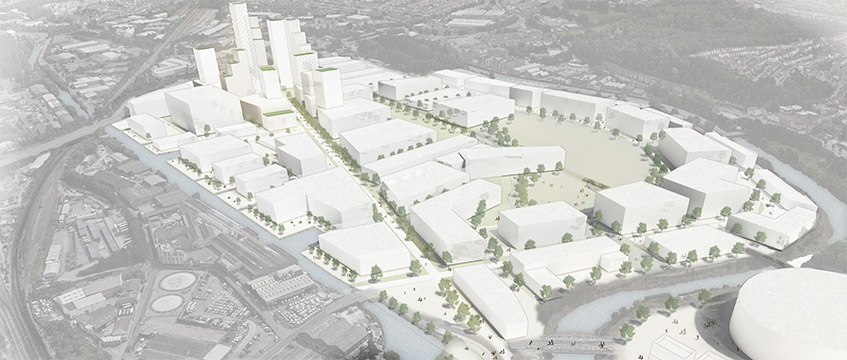
The council has also been in the process of changing its position on tall buildings and improving viability.
It said it needs 13,500 homes in the city centre by 2036 and identified Bristol Temple Quarter enterprise zone as an area that would suit densification.
The stumbling block is the station development, which requires substantial amounts of government funding. However, the development now bypassing arena island and enabling St Philip’s Marsh will make the presentation of a business case to central government more practical for future funding.
Tom Vaughan-Jones, director at Square Bay, said: “We are at the very beginning of the process to play our part in the exciting regeneration that is taking place around Bristol’s Temple Quarter.
“Our focus now is to engage positively with Bristol City Council and other key stakeholders, including the local community.
“This will help inform our thinking as we work towards a masterplan for the site that will deliver the best possible scheme for the area, the community and the city.”
EG’S Bristol Question time will be held on the 11th June. Click here to register.
To send feedback, e-mail alex.peace@egi.co.uk or tweet @egalexpeace or @estatesgazette







